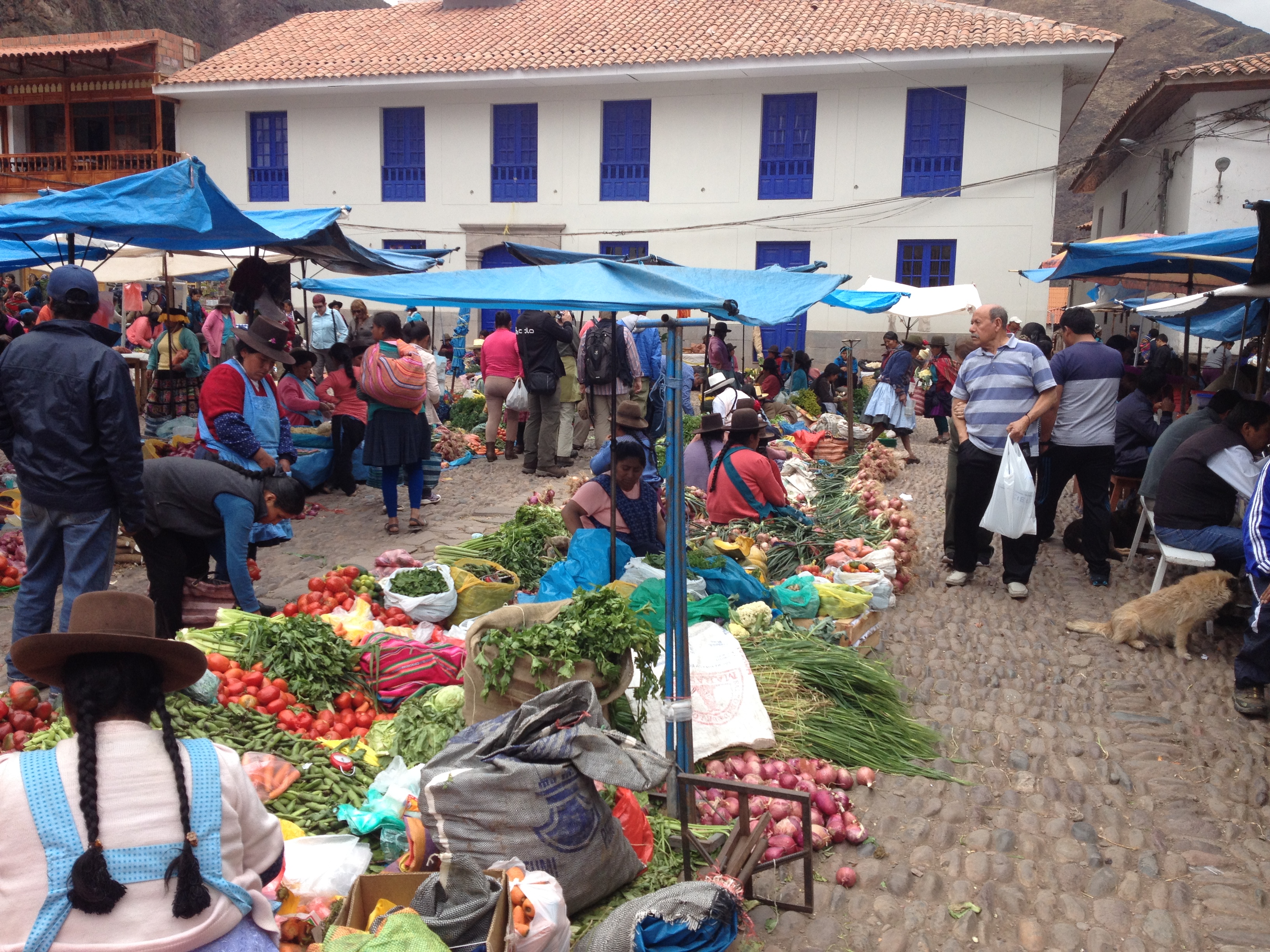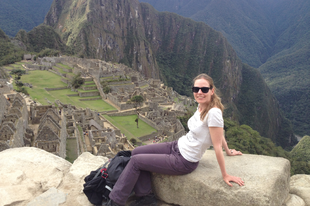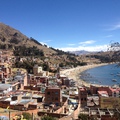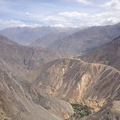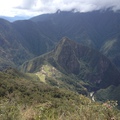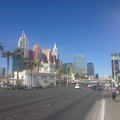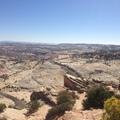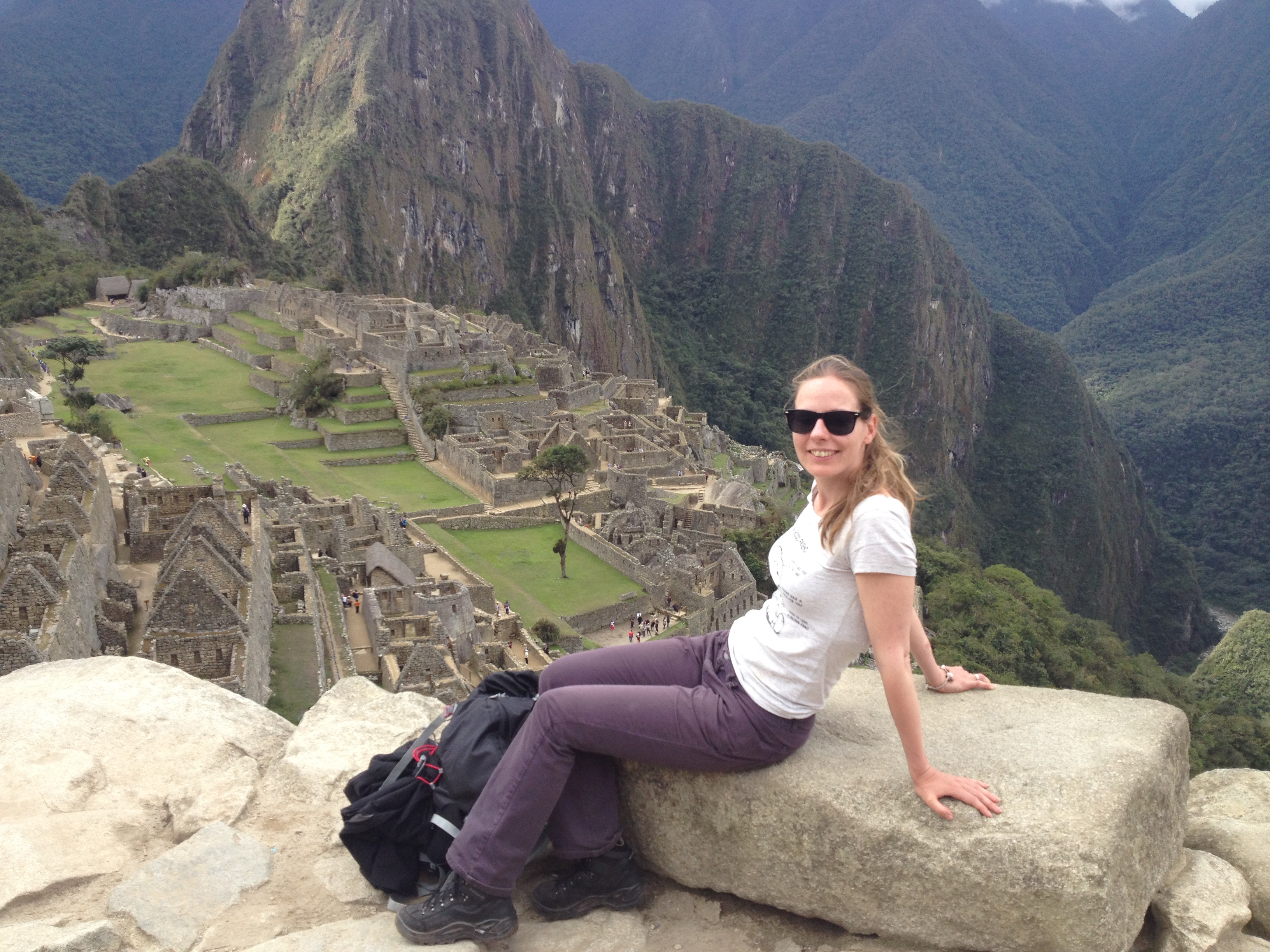
Attractions
Peru is rich in archeological sites; so if you are interested in history and ancient civilizations, you will definitely find many interesting places to visit. The entrance tickets of the most popular archeological sites (e.g. Machu Picchu and Sacred Valley) got a bit pricy in the past few years, and unfortunately you do not receive any information or map of the site in exchange of the entrance fee. Thus if you want to know more of the ruins you see, you need to hire a local guide at the entrance, which we did not do, so I have no idea, how expensive they are. We thought that the lack of map was a big issue at Pisac, because we had no idea how big the site was, and how much time we needed to see it. Unfortunately we ended up seeing like 70% of the ruins, as we ran out of time. The silver lining is that you can visit the archeological sites on your own by public transportation, and thereby you can save tons of moneyi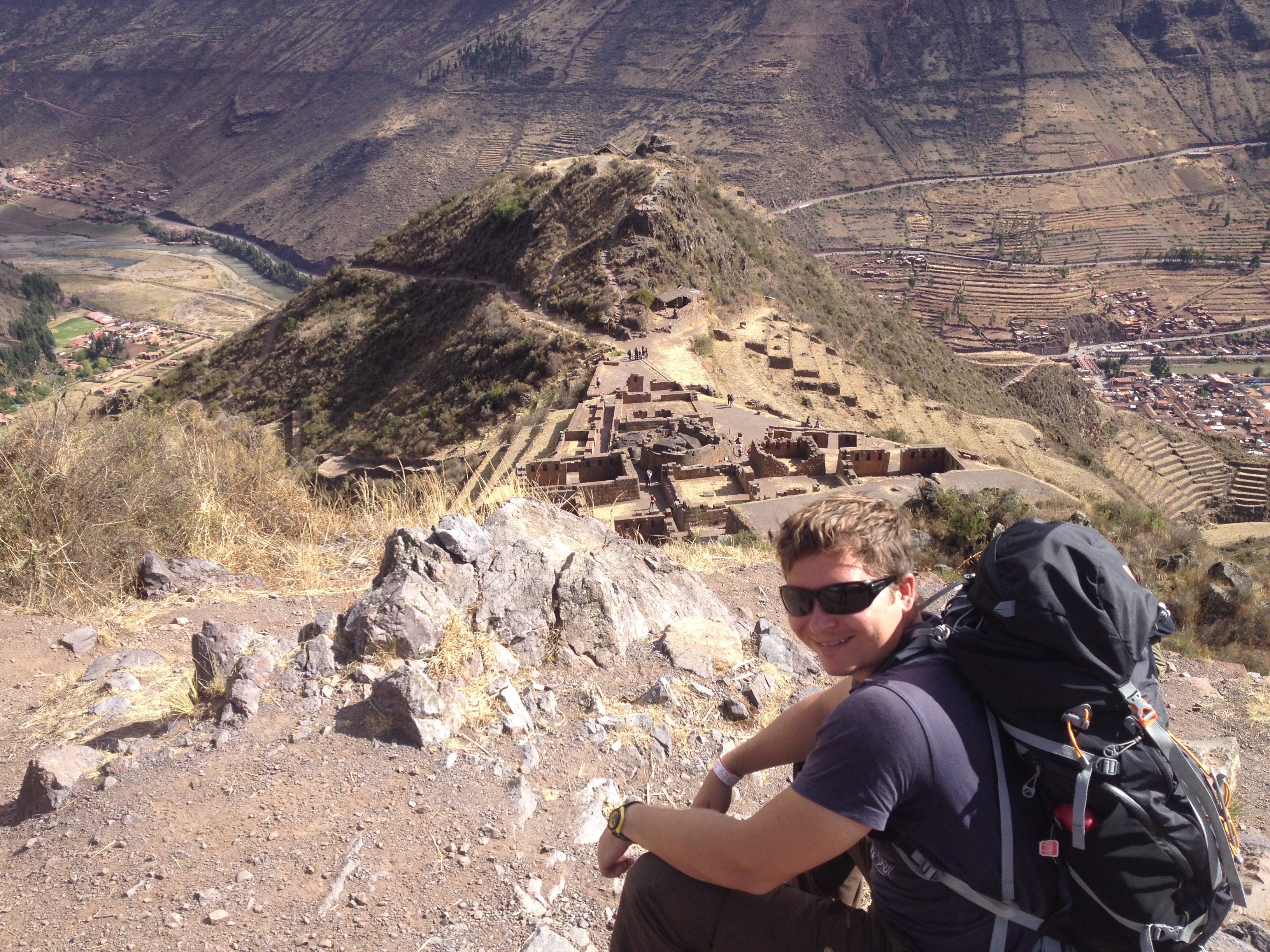
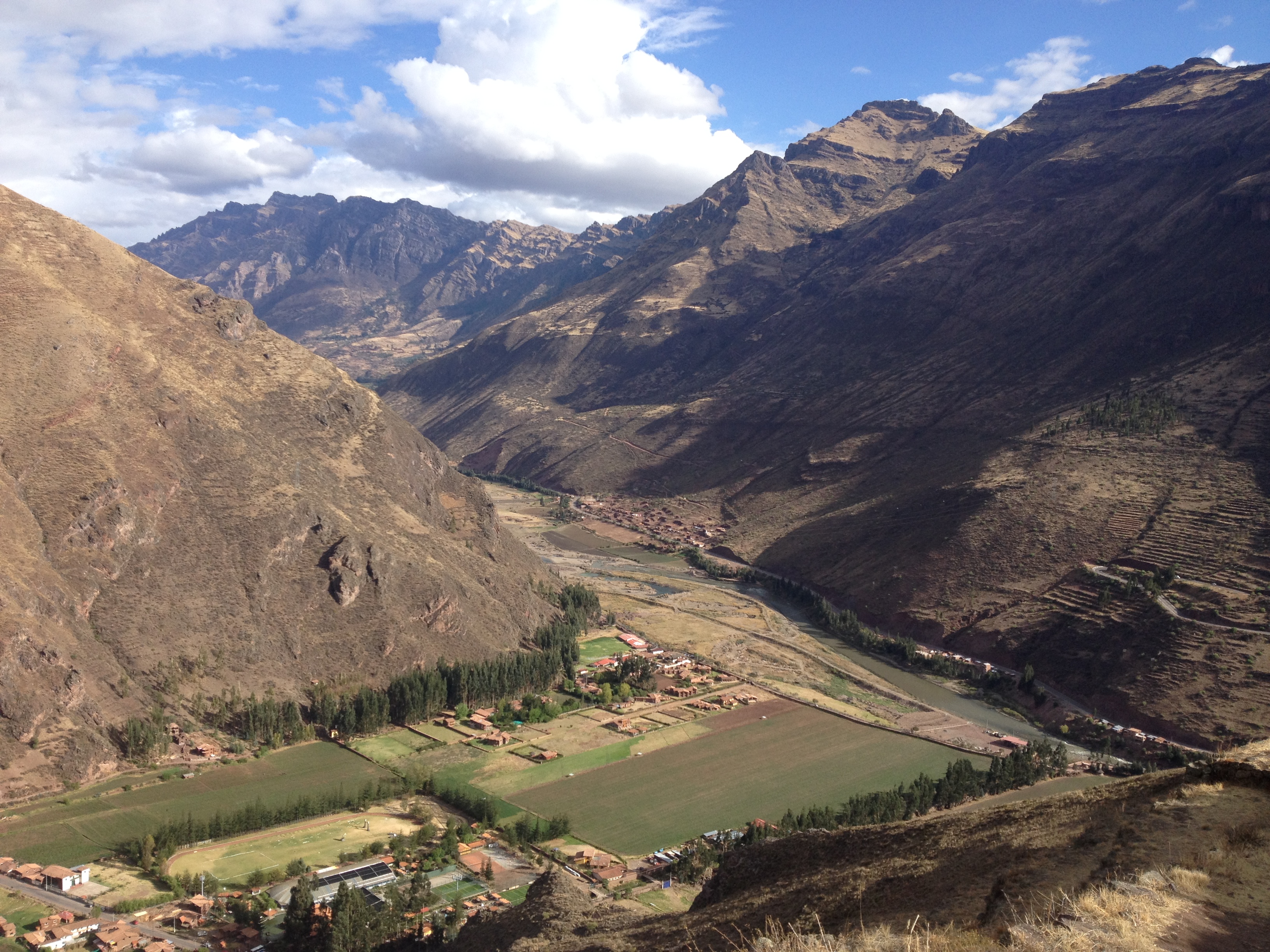
Honestly Peru is not really a country, where you can relax: you always need to be alert, which can be quite exhausting. Peruvian towns' have very heavy traffic and it is excruciating to cross the street as a pedestrian, as nobody wants to stop for you even if you do "an Italian" - it is Kasper's phrase for crossing the street despite that vehicles do not give you priority, which works in Italy. Furthermore, if you are "foreign-looking" taxi drivers will always hunk at you, and someone will always approach you with something to sell.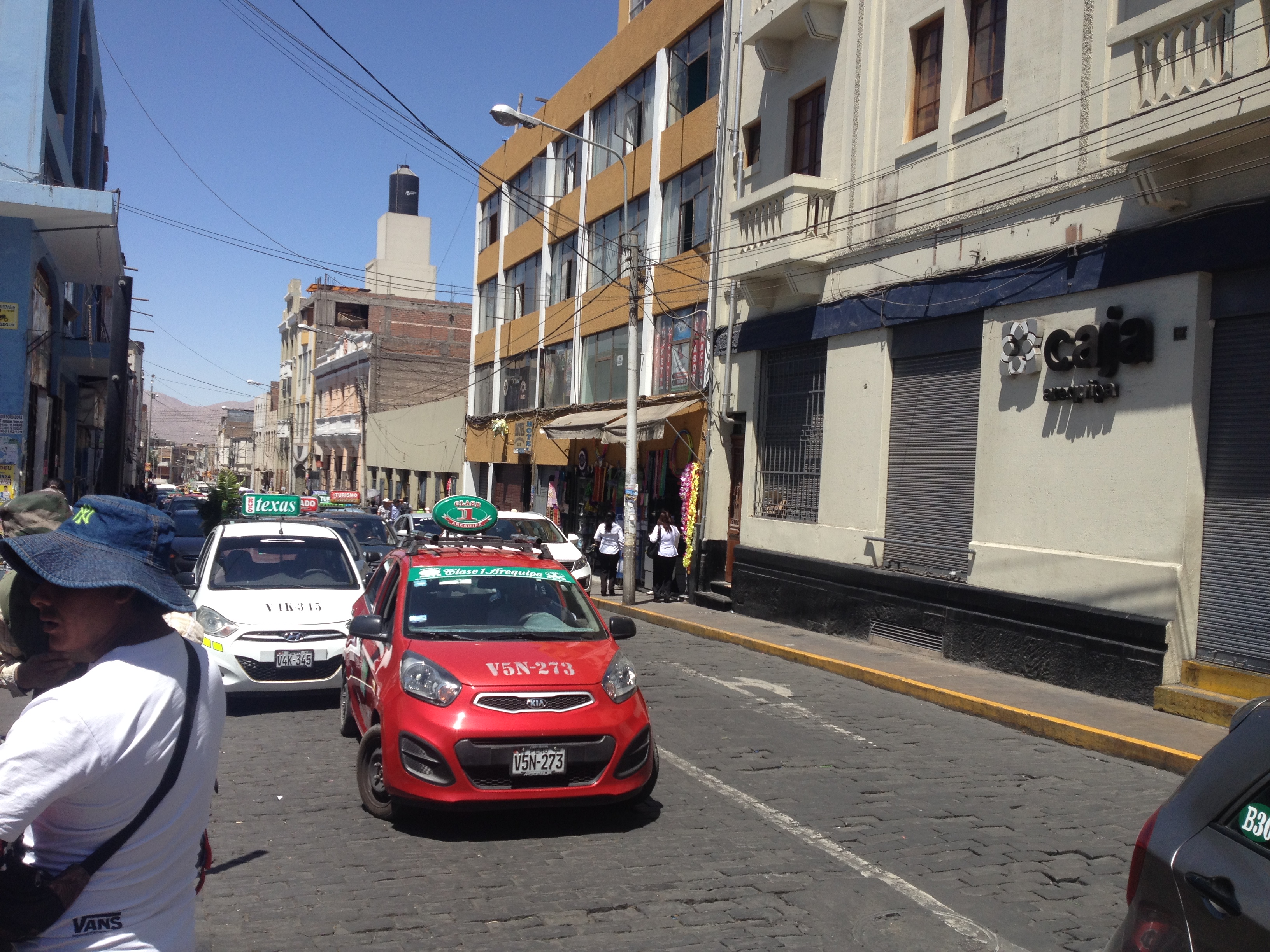
There are only a very few places which accept credit cards and they charge at least 4% (we could only use our card at Loki Hostel), so you have to have enough cash on you at all times, but then again you need to be careful with that, because you can easily get pickpocketed.
Peru is an exciting country, but you need to be alert at all times!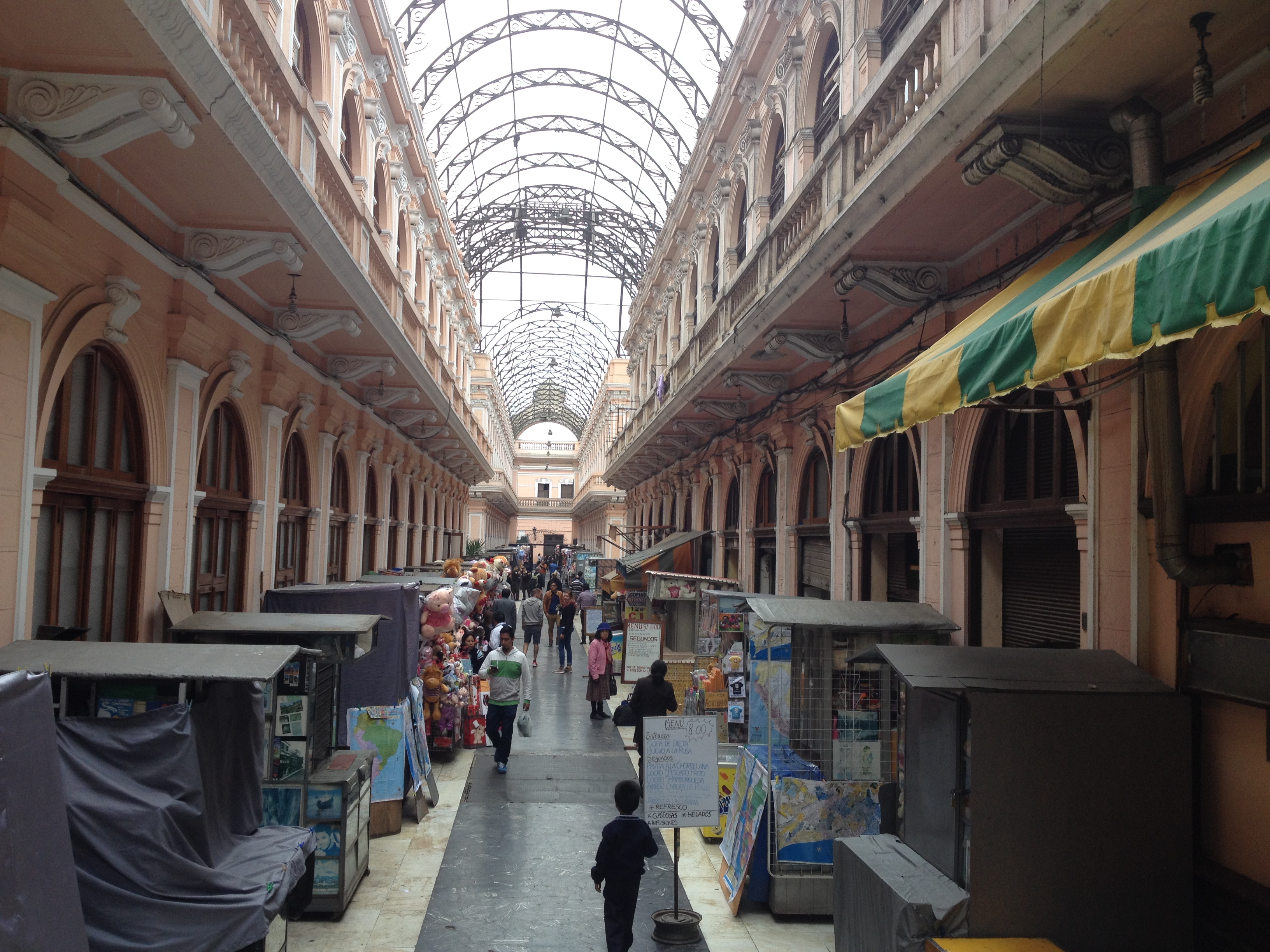
It is very easy and quite cheap to get around in Peru. There are frequent flights from Lima to regional capitals, but the best and most economical form of long distance public transport is the bus. The most popular destinations are served by overnight buses, where you can choose between cama (means bed = a fully reclining seat) and semi-cama (means half-bed = a seat which reclines 145 degree).
There are many bus companies in Peru, and you need to be careful which one you choose, because they range from the luxurious to the downright dangerous. We have travelled with the best and most expensive company, Cruz del Sur, which was excellent: their bus was safe, clean, comfortable and fast. They served hot meals with vegetarian option and they had descent on board entertaining. I would not hesitate to choose them again.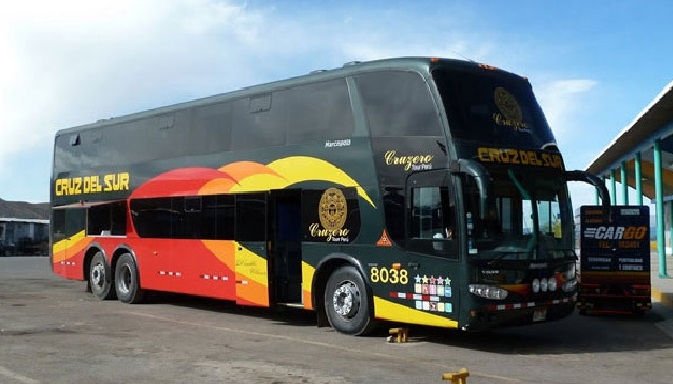 In most bus terminals you need to pay a departure tax (usually a couple of soles) before you board the bus. I guess it is kind of city tax, but I am unsure.
In most bus terminals you need to pay a departure tax (usually a couple of soles) before you board the bus. I guess it is kind of city tax, but I am unsure.
As I mentioned earlier, another great way of transportation in Peru is the colectivós (shared minibuses) which connect neighborhoods in big cities and small villages on the countryside. They are cheap and convenient, but be aware that different destinations may have different colectivó paradas (bus stops). For example in Cusco there is one bus stop for the colectivós going to Pisac and a completely different one for the colectivós going to Ollantaytambo. If you are unsure, just ask the locals, they will be able to help you.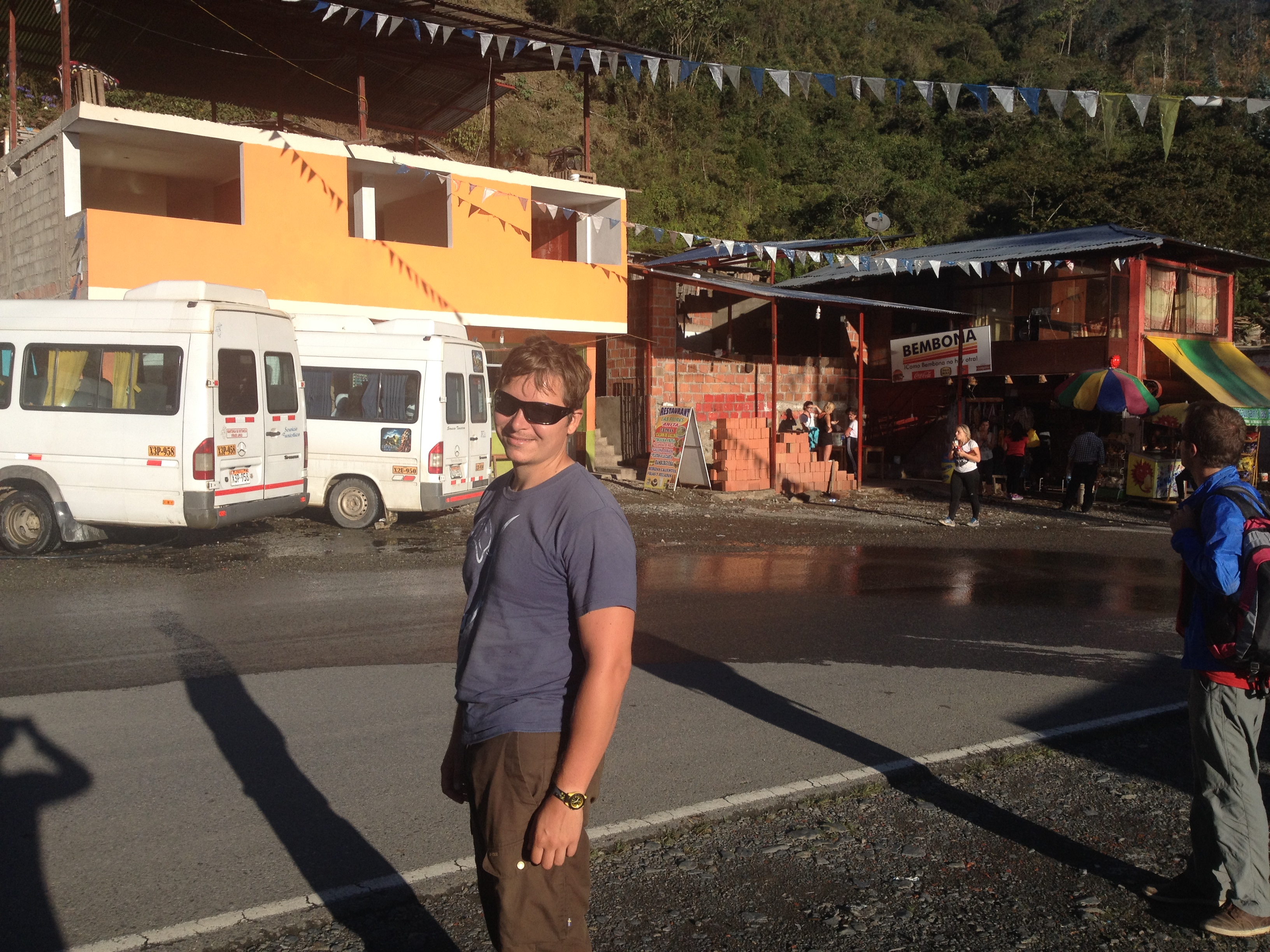
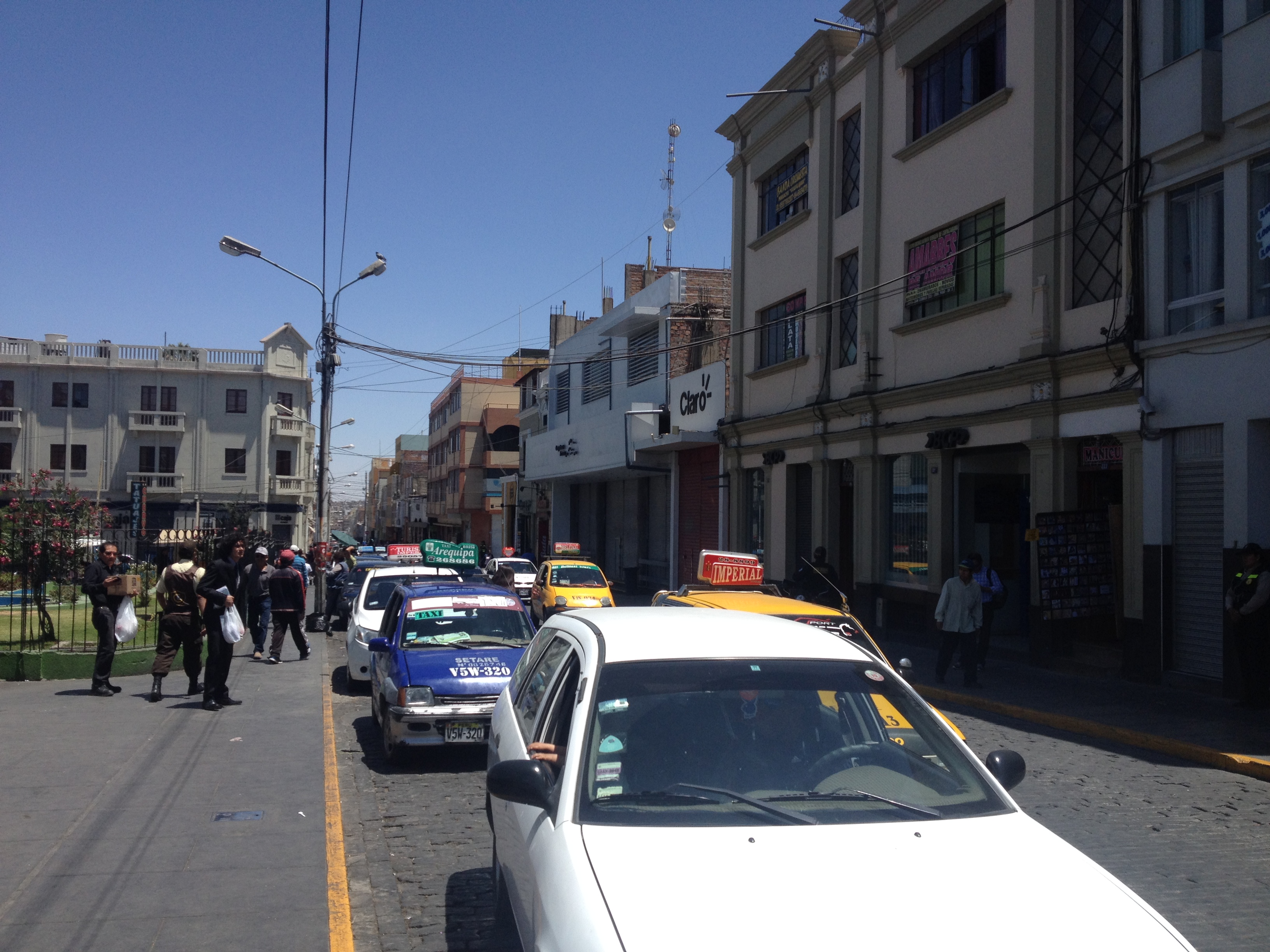
Accommodation
You can easily find cheap accommodation everywhere in Peru, even close to Macchu Picchu. We have stayed in nice middle-range hotels and hostels with private rooms. Our most expensive hotel cost 54$ (Lima) and our cheapest hospedaje (not counting Josephine's fantastic hut) was 18$ (Colca Canyon). Except Colca Canyon and Machu Picchu we had descent Internet connection everywhere. Overall, we were satisfied with the places we stayed at, and felt we got what we had paid for.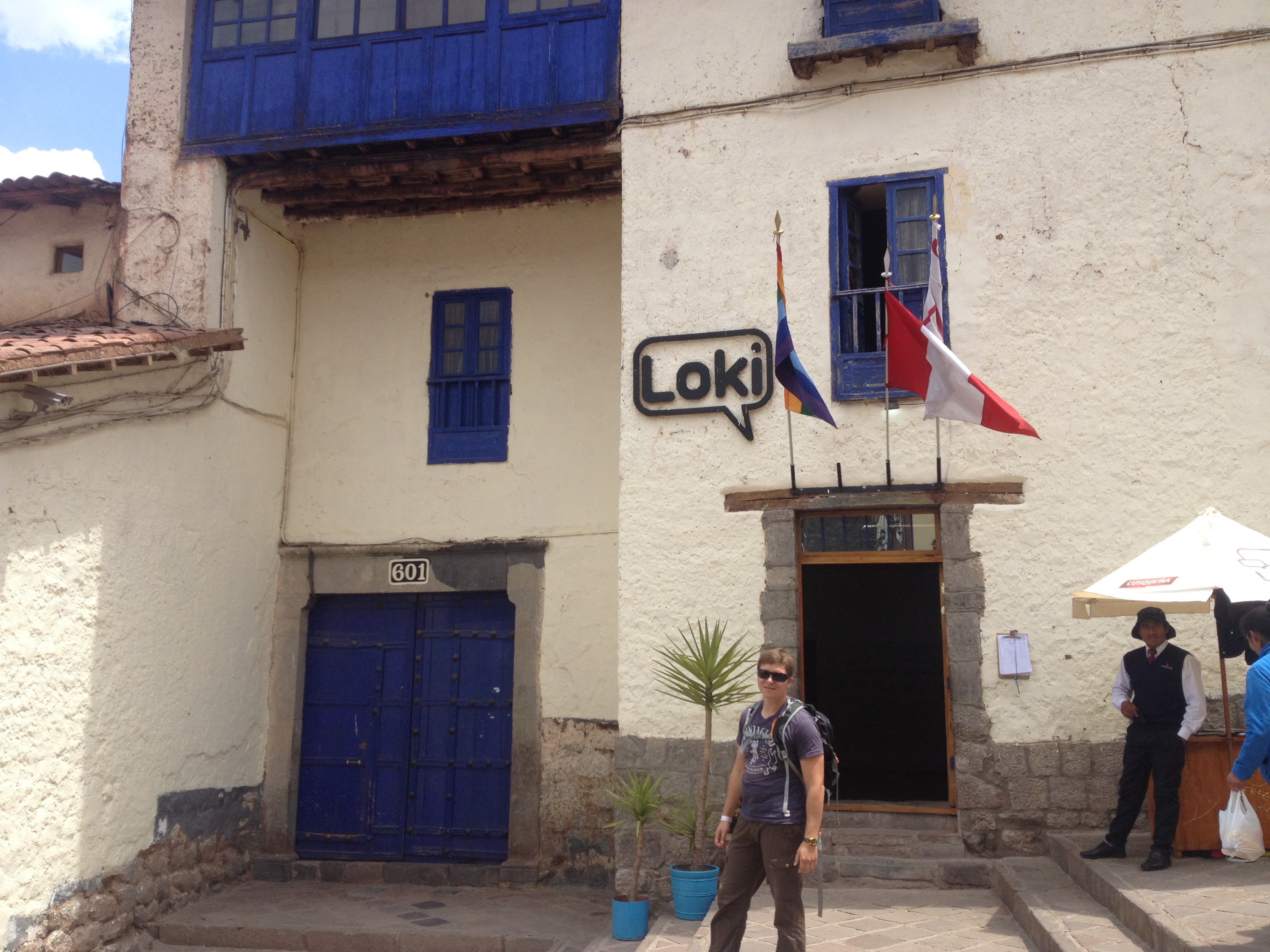
Peru's great geographic and cultural diversity has resulted in a very unique cuisine with many different flavors and dishes. Peruvians love the concept of fusion; their cooking is inspired by European stews, sauces, baked casseroles and Chinese dishes. Many Peruvians enjoy chifas (Chinese-Peruvian restaurants) which is a fusion of local ingredients cooked with Chinese recipes and technique.
We have tried a couple of different Peruvian dishes and I must say they were very much to our liking
Ceviche (marinated seafood)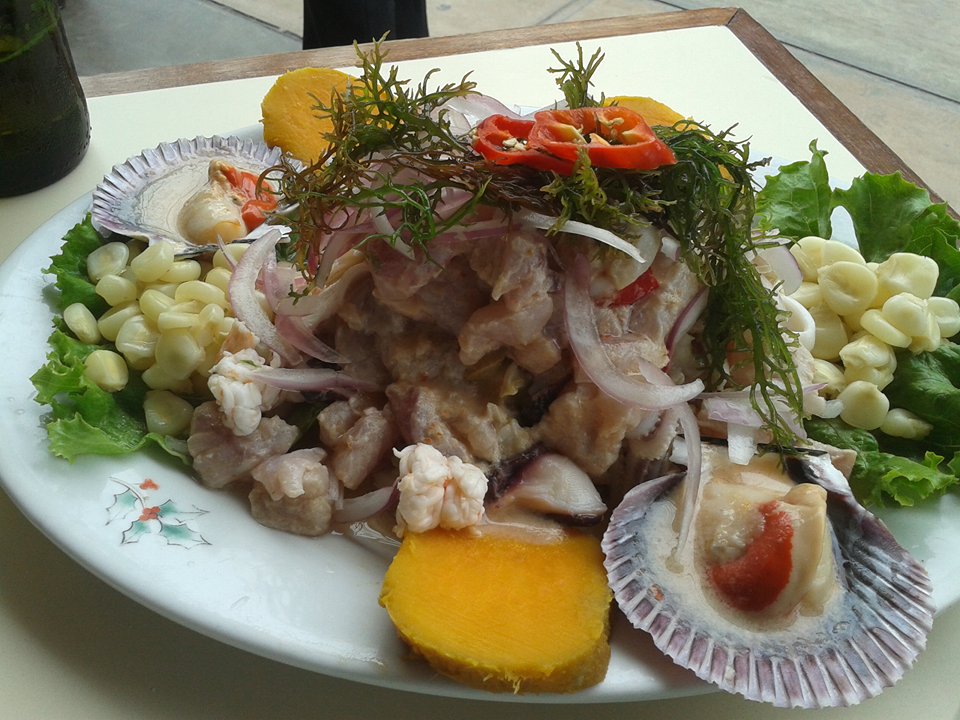 Rocoto relleno (stuffed spicy peppers)
Rocoto relleno (stuffed spicy peppers)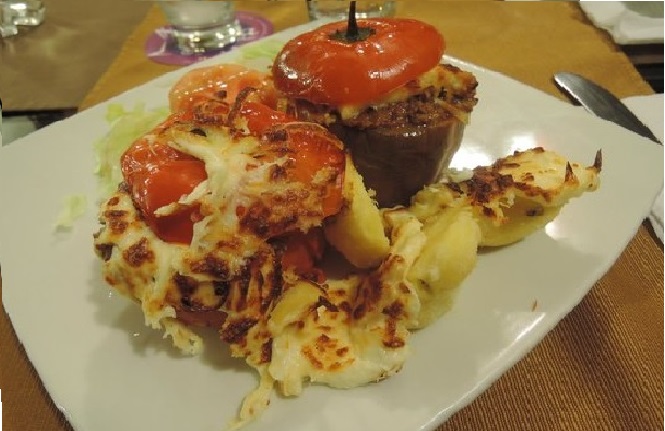 Aji de gallina (creamy chicken)
Aji de gallina (creamy chicken) Causa (potato casserole)
Causa (potato casserole) Alpaca steak
Alpaca steak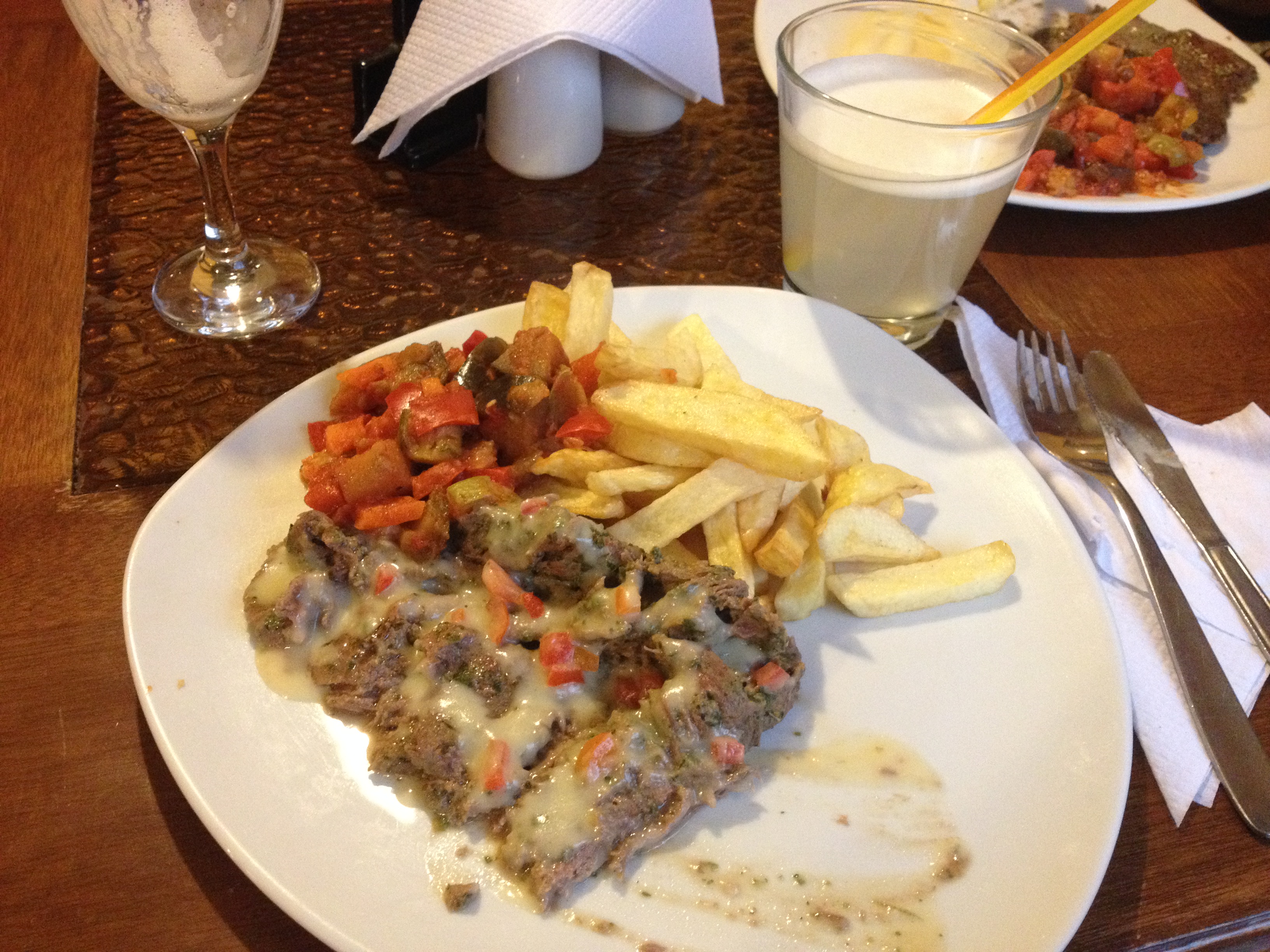
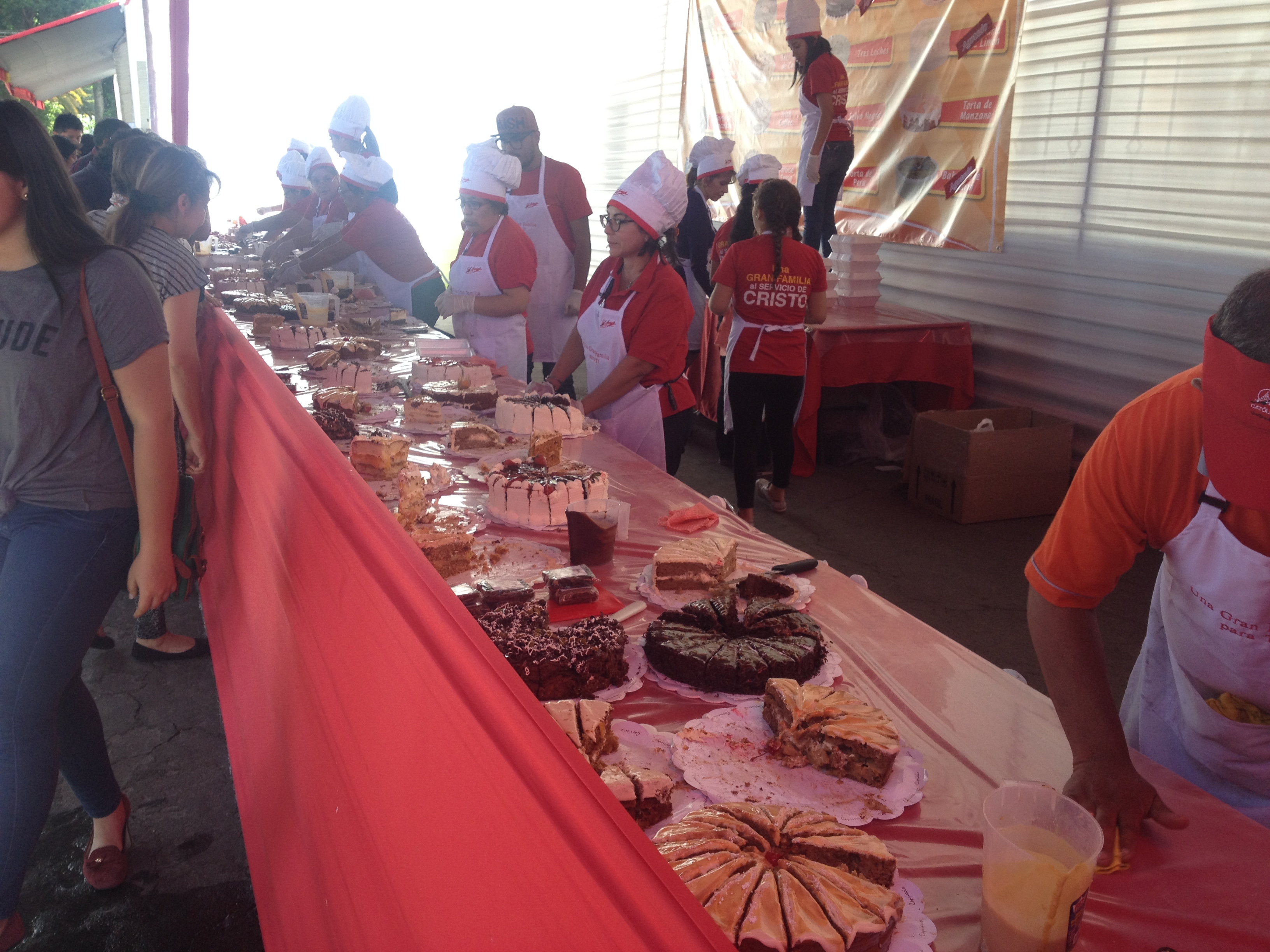
The alcoholic beverage both of us enjoyed was pisco sour; a cocktail made with pisco (white-grape brandy), egg white, lemon juice, syrup, crushed ice and bitters.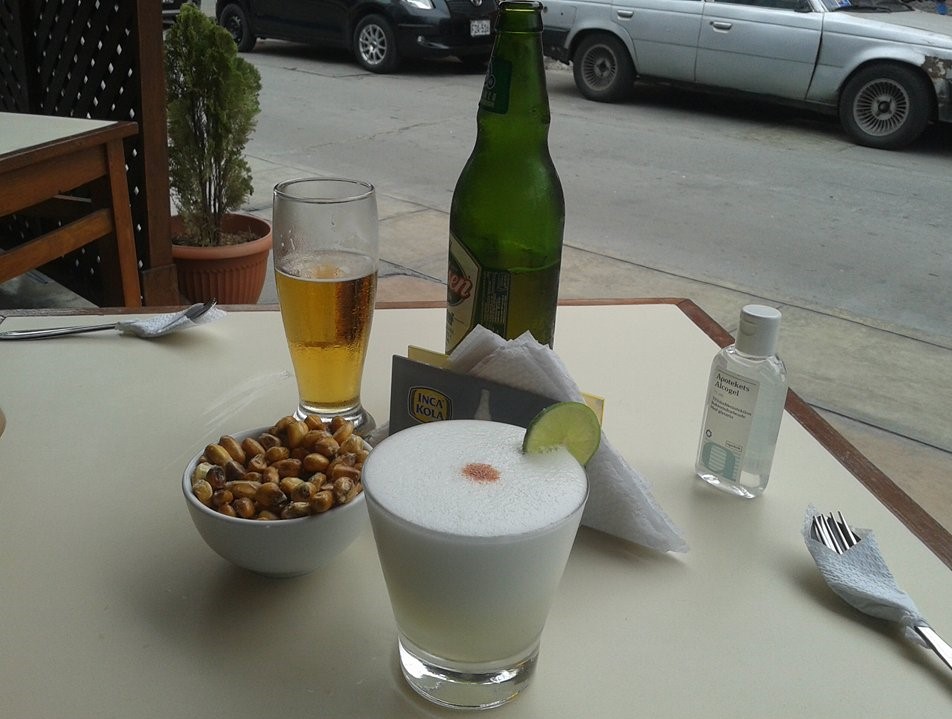 We really looked forward to tasting the famous Inca Kola, but unfortunately it was a rather disappointing experience; this soft drink is way too sweet and taste like bubblegum. Kasper said it reminded him of a soft drink called Urge, which is only known in Scandinavia, I guess for a reason...
We really looked forward to tasting the famous Inca Kola, but unfortunately it was a rather disappointing experience; this soft drink is way too sweet and taste like bubblegum. Kasper said it reminded him of a soft drink called Urge, which is only known in Scandinavia, I guess for a reason...
We also drank a lot of mate de coca (coca-leaf tea) which was available free of charge in every hotel and hostel we stayed at. Coca-leaf tea is a nice herbal tea, which is used against altitude sickness in the Peru and elsewhere in the Andes region. Just a side note; the consumption of one cup of coca tea can cause a positive result on a drug test for cocaine. But do not worry, you won't be drugged by a few cup of coca tea, believe me, I have tried.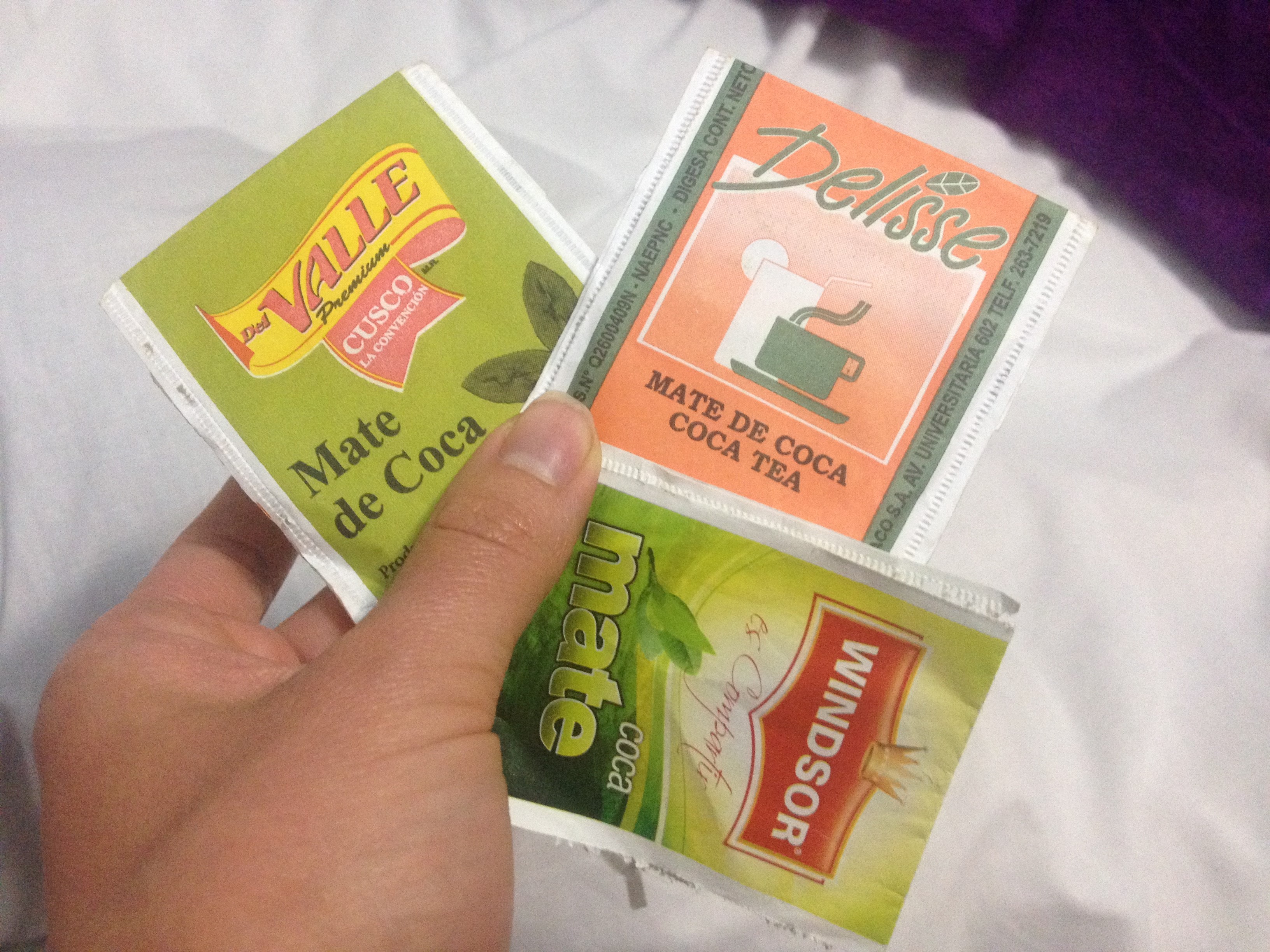
Peru is safe as long as you follow the "gringo trail" (the most popular tourist destinations) and take the necessary precautions such as getting back to your accommodation before dark and not wearing expensive jewellery ect.
Stray dogs roam the streets everywhere in Peru (and in South-America in general). They seem pretty harmless, but I was very uncomfortable when they were sniffing me and following me on the street. These poor homeless animals are attracted to the garbage which people just dumb everywhere. It is extremely unhygienic, and I wish the Peruvian government would do something about this problem.
Apart from our little accident at Josephine's hospedaje, we did not have any health issue in Peru. It seems like Peruvians have fine hygenic standards, when it comes to cooking.
The highest altitude we have been in Peru was around 4100m, and we did not have any problems. We started at 3400m in Cusco and stayed around that altitude for a while to get acclimatized. You can never predict altitude sickness; some get it already at 2400m others like me never experience it at all. Spoiler alert: Kasper's new nickname for me is mountain goat, because I ran up to a 5400m high mountain in Bolivia without losing my breath. I do not know what to say, I am apparently functioning well at low oxygen pressure.
People
Peru is a culturally diverse country; about 45% of the population are indigenous Indians whose first language is either Quechua (mainly in the Andean highland) or Aymara (at the Lake Titicaca region). These indígenas are clearly poorer than the rest of the population and they try to make a living by selling things to tourists such as cold water and food close to the archeological sites, or their hand-made jewelery and clothing on the streets, they even sell themselves by dressing up in their traditional dresses and asking for money for their picture. It can be sometimes a bit too much, especially at more touristy places like Cusco.
If you are traveling on a budget and/or want to eat and travel like the locals, you need at least a basic understanding of Spanish. We found that at popular tourist destinations many locals speak some English, but in more remote areas Spanish is a life saver. 